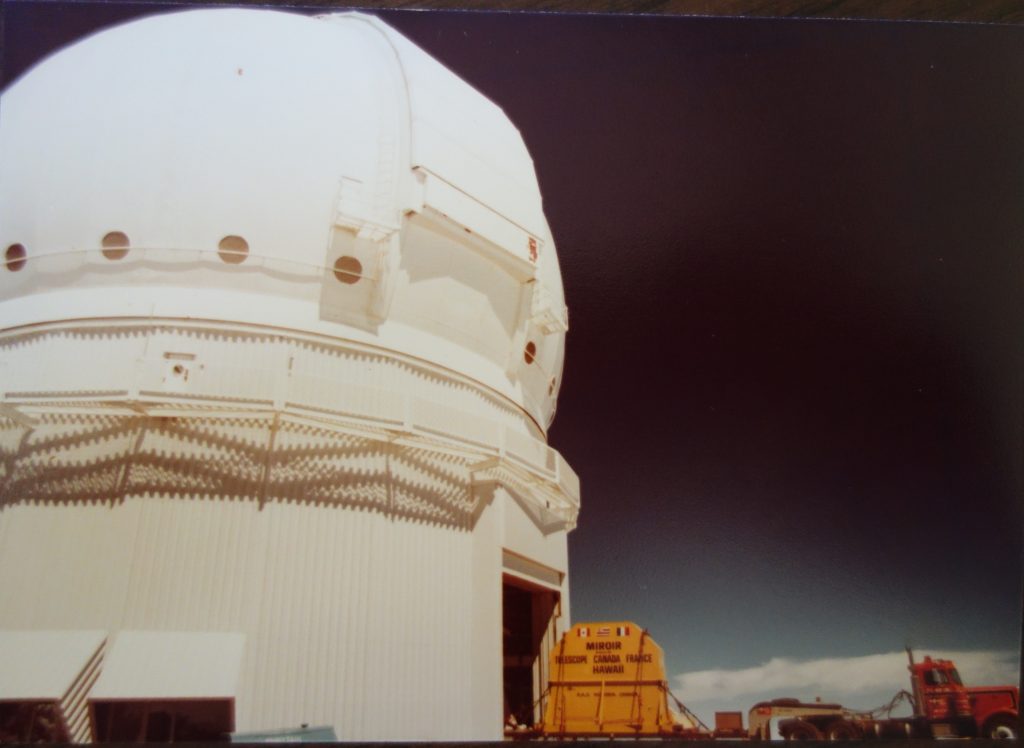
- Cet évènement est passé
HOW HAWAI’S MAUNA KEA WAS « DISCOVERED » FOR ASTRONOMY
25 mars 2021 | 11h00 – 12h00
Pascal Marichalar – CNRS-IRIS, Aubervilliers

This historical study is part of a broader inquiry about the status of the land on which astronomical observatories are built. In the aftermath of Hawai‘i’s 1959 accession to US statehood, the dormant volcano known as Mauna Kea was suddenly heralded as being « probably the best site in the world for the observation of the Moon, planets and stars » (in Gerard Kuiper’s words). With the backing of the Hawaiian State government, the mountain’s summit was marketed to scientists worldwide. In the mid-1970s, a first major project – the Canada-France-Hawaii Telescope (CFHT) – was greenlighted, causing pushback from environmental activists, skiers, and hunters. The burgeoning Hawaiian sovereignty movement also attracted attention to issues of land tenure and ownership, foreshadowing many conflicts to come.
